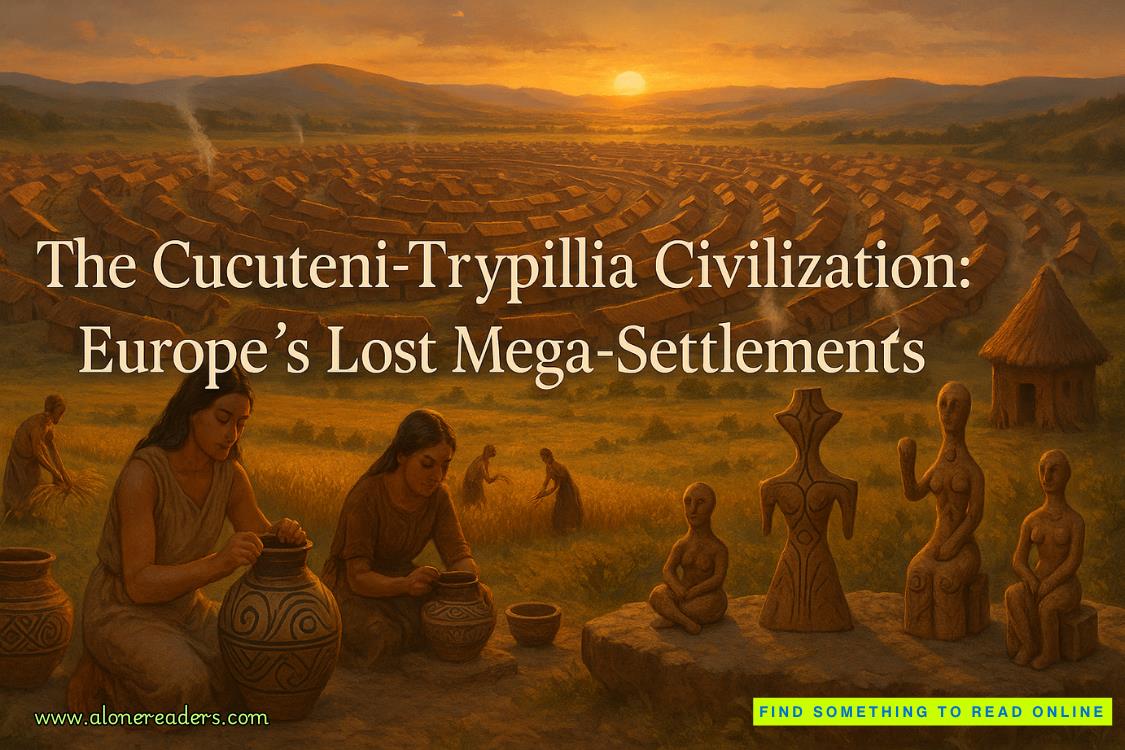Page 48 of Top Secret Vampire
We paused in the foyer, standing on the antique carpet, looking up the staircase on the opposite side that disappeared into darkness. The red carpet lining the stairs contrasted with the bright white painted rail and treads. A closed door stood on our right and another down a hallway beside the stairs. Two paintings of stoic-faced men hung on the pale green painted walls, and a small table held an ancient statue the size of my forearm. An urn with closed umbrellas had been placed beside the table. The sound of shuffling papers came from the open doorway to our left, and a handwritten sign with an arrow pointed in that direction, statingCome on In!
With a shrug and a shy smile, Reese stepped into a large room that must be the main office of the organization.
The building appeared to be over a hundred years old, and I admired the smooth plaster walls and the dark wooden trim with intricate features in the corners. A tin ceiling hung overhead, the white paint accenting the pattern.
Tall shelves packed with books and artifacts had been built into the left and right walls, and a large, polished desk, strewn with papers, occupied the center of the room. An elderly woman wearing a dark blue blouse with a white lace collar sat behind the desk, not looking up when we stopped on an ornate oriental carpet inside the door from the foyer.
Light filtered through gauzy curtains covering tall windows between two long stacks of bookcases on the back wall, casting shadows on framed sepia photographs mounted nearby.
The air smelled of old paper and polished wood. A grandfather clock ticked in the background, and simple chairs had been arranged near small tables piled with books and other antique items, including a wooden coffee grinder and, surprisingly enough, a third century Chinese urn in perfect condition. The overall atmosphere was quiet and studious, appropriate for a place designed for research rather than comfort or decoration.
“May I help you?” the woman asked in a crotchety voice, looking up. I’d place her in her mid to late eighties, if her heavily lined face and gray hair in a bun were anything to go by.
She laid a magnifying glass to the side and rose as we approached the desk. The tag pinned to her blouse said,Margaret, Director.
“I’m Reese Hamilton and this is Wolfram Zegrath,” Reese said, gesturing to me. “I bought the Molson place two months ago, and during my renovations, I found an antique doll.”
An interesting way of telling her how we’d discovered it.
“It’s inside here.” I lifted the garbage bag into view. “We believe it belonged to Jolene Molson’s daughter.”
Reese continued. “We brought it by to see if you or anyone working here might be able to give us information about the era the doll might’ve come from, plus anything you might know about the Molson place or Jolene.”
“I don’t know much about the Molson home or Jolene, for that matter, but a doll, you say?” Margaret asked, her gaze fixed on the bag. “Let me see? I adore antique dolls.”
Someone had to.
I laid the bag on her desk and as she sat again, I parted the top, revealing the doll curled on her side.
“Interesting,” Margaret said, leaning close. She held the magnifying glass above the doll. “A porcelain head, which is quite common, and hand-stitched clothing.” She looked up at us.“It’s common for dolls such as this one to wear hand-stitched clothing, though you’ll find that some current collectors make clothing themselves by hand as well. It helps keep it authentic.” She lifted the doll from the bag and gently turned it, lying it on its back on the black surface. Her head tilting, she scrutinized the doll further, turning it this way and that.
“I’d say early twentieth century,” she said. “Possibly German in origin due to the craftsmanship and materials used. The intricate detailing on the dress suggests it belonged to a child of wealth.”
“That fits with Jolene’s daughter,” Reese told me softly. “The house was well constructed and has many features that weren’t common for that era, such as the intricate moldings and high, coffered ceilings, plus the bay windows with stained glass and marble fireplaces in all the main living areas and bedrooms.”
I’d noted how lovely her house was and was glad she’d restored those features rather than removed them during the renovation process.
“Dolls like this can be worth a significant amount of money if they’re well-preserved, which this one is,” Margaret said. “I doubt a child played with it much or it would show more wear. Do you mind if I undo the back of her dress? Visible markings or stamps might indicate the specific manufacturer, which could potentially increase its historical interest or market value depending on rarity. Are you planning to sell the doll?”
“I want to give her away,” Reese said.
To a witch. Another sly way of putting it. Reese was savvy and this only made me adore her more.
Margaret gently unfastened the back of the dress and eased it away from the torso. Taking her magnifying glass from her desk, she squinted through it. “Ah, Meissen.” She looked up. “They held a prestigious reputation for porcelain production, though they shifted most of their focus to figurines, tableware,and decorative pieces in the early twentieth century. This doll could’ve sat on a shelf in a store for a while before it was purchased, however. I’d say this doll’s worth in the five to twenty thousand dollars range.”
Reese gasped. “That much?”
To think it was lying on the floor in Reese’s office, where anyone could step on it.
“Or more,” Margaret said with a sweet smile. “Rare or uniquely detailed dolls like this one might fetch an even higher price at auction or among collectors who specialize in fine antiques. Would you like a referral? Oh, no, wait. You said you plan to give the doll as a gift.”
To a witch who’d destroy it, if need be, but yes.
“As for the Molson place, you’ll no doubt find most of what interests you about the home in . . .” She paused, peering through the magnifying glass at the exposed doll’s back. “Oh, that’s too bad. This may change things.”
I leaned closer, wondering what she meant.
“See here?” She pointed to a thin line of tiny stitches. “This will decrease the value considerably. Someone appears to have damaged the doll. A fall on a sharp rock perhaps? It created a tear that needed to be repaired. The repair is well done, but I’m afraid that does decrease its value. Collectors can be quite picky and aren’t always interested in something that’s not in pristine condition.”















